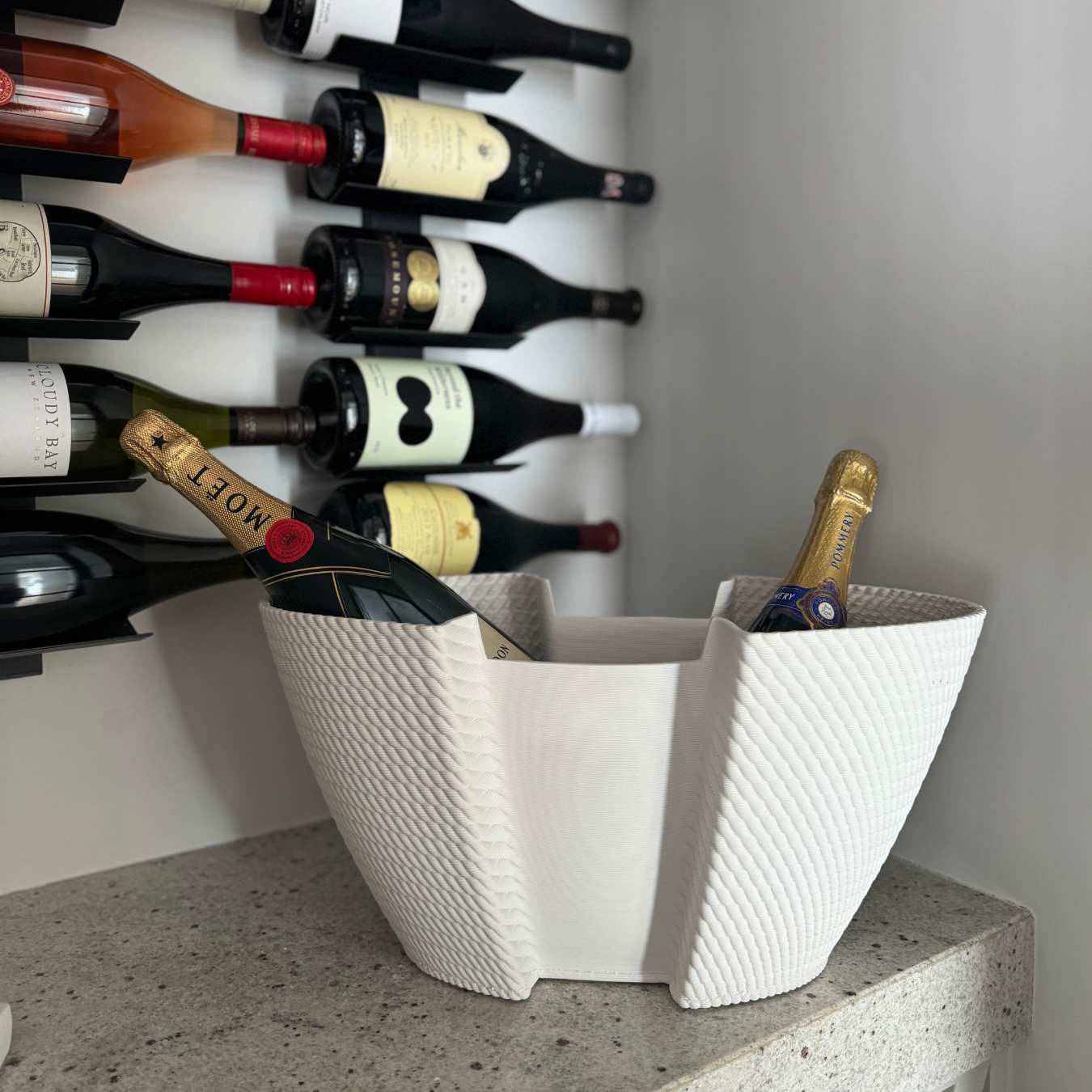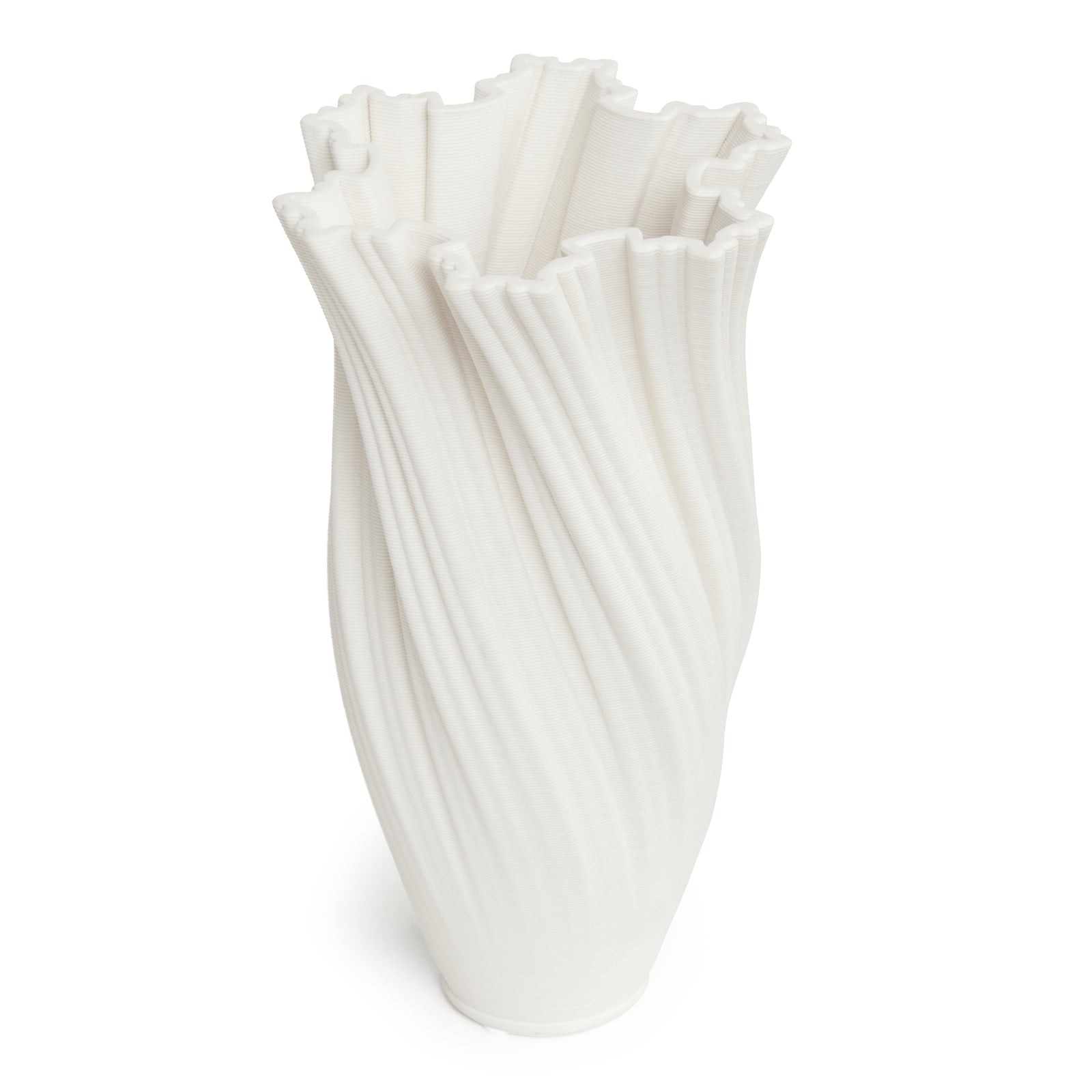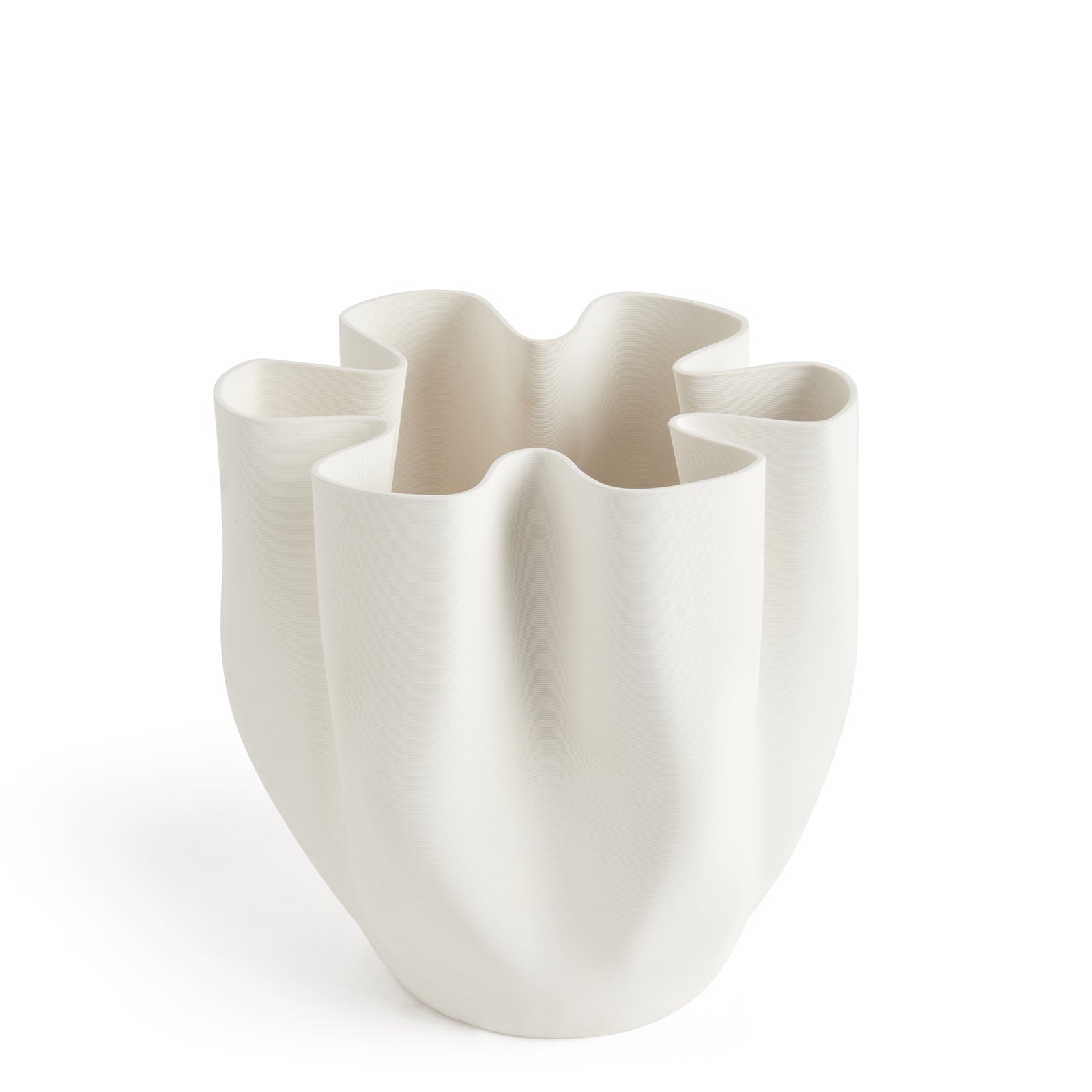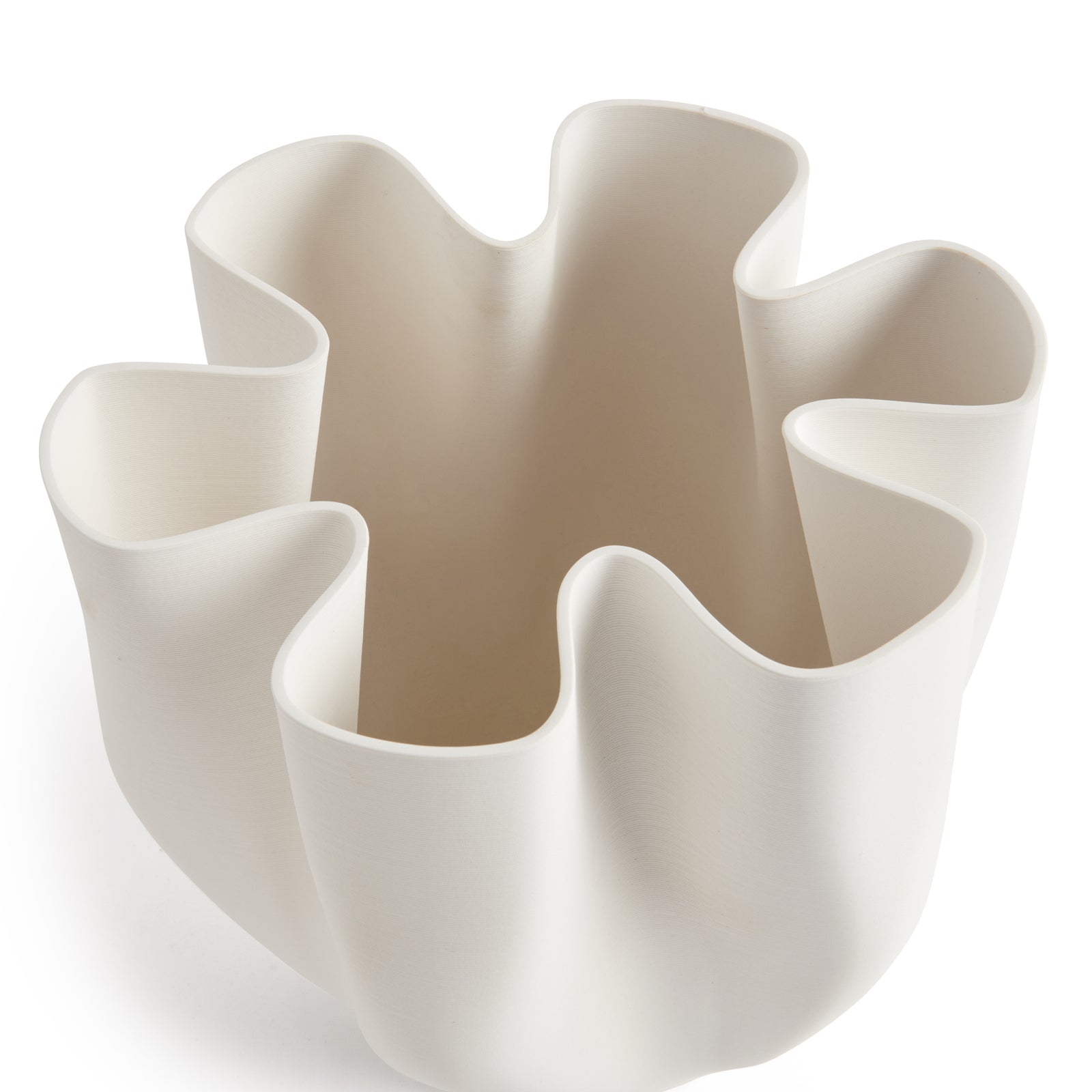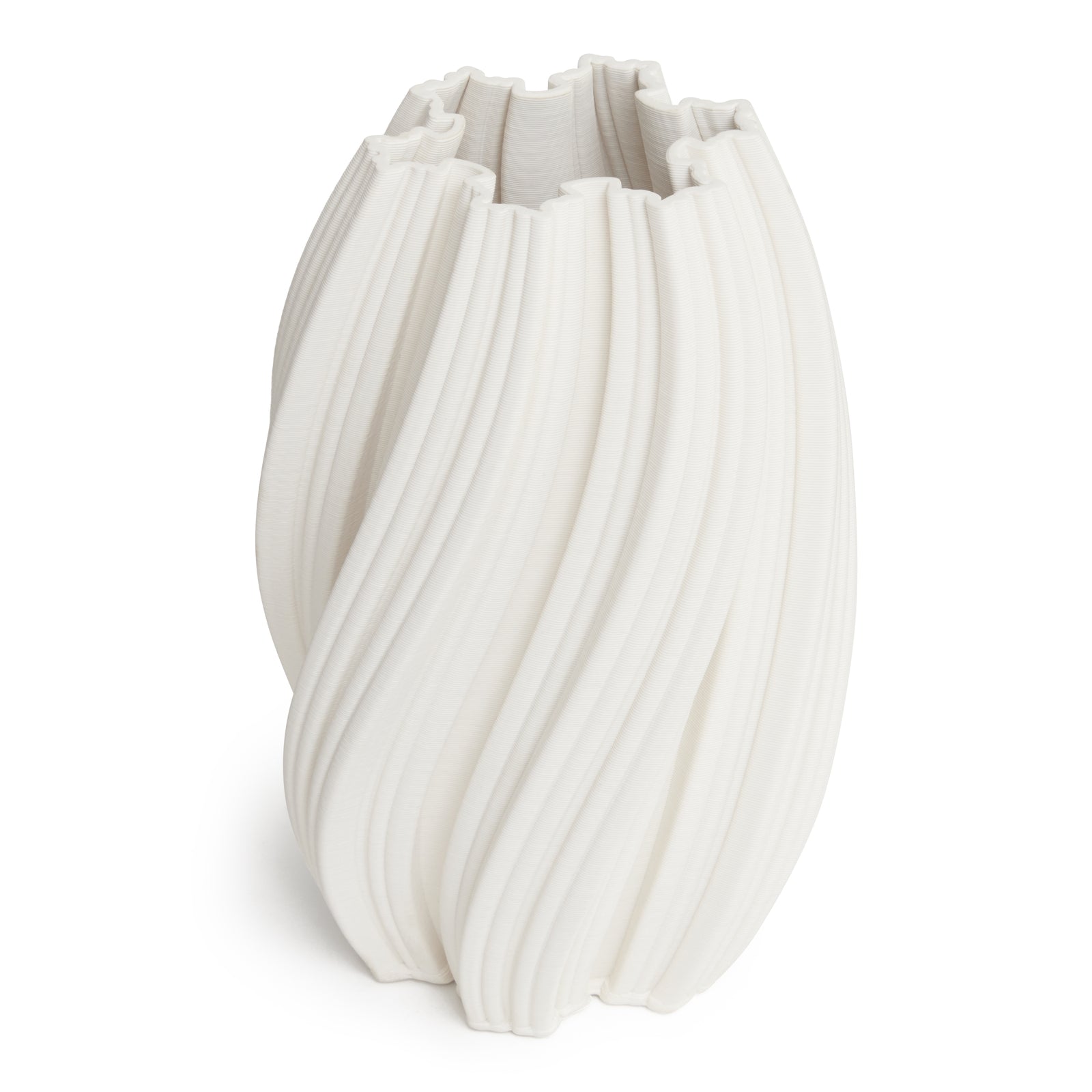Decorative bowls are more than just vessels—they are visual poetry for the modern home. With their tactile forms, artistic silhouettes, and striking presence, these pieces effortlessly bridge function and form. Whether displayed on a dining table, a hallway console, or styled on open shelving, a decorative bowl can transform a space with quiet impact. In this blog, we explore how sculptural bowls have evolved into contemporary design staples—and how to choose one that truly resonates with your space.
The History Behind Decorative Bowls and Ceramics
The tradition of turning bowls into art stretches back millennia. Across ancient cultures, artisans shaped bowls with reverence—both for practical use and as symbolic objects. Collections such as those preserved by the National Gallery of Australia show the enduring value placed on handcrafted ceramic vessels.For instance, exhibitions such as "Of This Earth" celebrates remarkable ceramics by contemporary First Nations artists from across Australia. Reflecting cultural and artistic expressions, these works are creative, bright and fun while using exciting and innovative techniques in engaging ways.
Today, sculptural bowls continue this lineage. In a world that often prioritises mass production and trend-chasing, there’s something grounding about choosing a single, artful bowl—one that honours tradition through shape and texture, while embracing contemporary materials and tones.
Form First: When Decorative Bowls Becomes Sculpture
The true magic of decorative bowls lay in its form. Organic curves, sweeping silhouettes, or asymmetric lines give each bowl a sculptural quality that makes it feel alive. When a bowl engages your eye from every angle, it becomes more than decor—it becomes part of the architecture of the room.
One example is the Mai Bowl, which offers a softly flared shape that evokes a sense of movement, like a wave held still. Its clean lines and calming symmetry allow it to sit beautifully on a coffee table or centre console, where its silhouette becomes the focal point.
In interior design, form dictates mood. Smooth, fluid shapes tend to soften a space, while sharper edges and dramatic curves can introduce contrast and dynamism. A bowl that blends the two—subtle curves with purposeful structure—becomes a powerful styling piece that adapts to both modern and classic interiors.

Materials that Matter
Beyond shape, the surface of a bowl plays a vital role. Glossy finishes reflect light, matte surfaces absorb it, and textured glazes invite touch. The contrast between interior and exterior tones can create visual depth, while raw ceramic edges hint at a handcrafted past.
The Amelia Black Bowl, with its deep scalloped edges and a soft matte finish, is a beautiful study in quiet detail. Its design invites closer inspection—perfect for a light-filled nook or styled shelf where texture speaks louder than colour. Textural finishes are especially useful in calming interiors, where neutral tones are preferred, but interest is created through layering of surfaces.
When choosing a bowl, notice how the glaze breaks along the edges, or pools in the curves. These are the moments that catch the light—and the eye. A beautifully finished bowl doesn’t shout; it whispers.

The Art of Placing Decorative Bowls in Your Home
A sculptural bowl needs space to breathe. To truly appreciate its curves and surface, avoid overcrowding. Let it stand alone, or pair it with thoughtfully chosen companions like a tall candle, a single stem in a vase, or a neat stack of books.
On dining tables, consider pieces like the Dora Fruit Bowl, whose generous organic form makes it an ideal centrepiece. Whether filled with fresh produce or left empty, its presence anchors the space while echoing the flow of a shared meal.
In living rooms, a bowl placed on a coffee table can ground the room visually. In bedrooms, a bowl on a dresser can provide an elegant surface for keepsakes. Even in a bathroom or entryway, a sculptural bowl can elevate an everyday routine by adding a moment of beauty.

Functional Beauty
A well-designed bowl doesn't just look good—it feels good to use. Think about where and how it fits into your daily rituals. A low, wide bowl can corral objects on a hallway table; a deep one can become the centre of a table setting; a smaller bowl can elevate the feel of a bedside or vanity.
The Lottie Decorative Bowl, for instance, combines elegance with utility. Its refined proportions make it ideal for holding jewellery, perfume bottles or keepsakes—adding both form and function to your dressing space.
Sculptural bowls don’t have to be ornamental alone. In fact, the best ones are both beautiful and useful, serving as elegant anchors for practical items: keys, fruit, crystals, cosmetics, or even nothing at all.

Light, Shadow, and Movement
Because of their curves and edges, decorative bowls interact beautifully with natural light. As the sun moves, they throw shifting shadows and highlights across nearby surfaces. At night, under soft lamplight, they take on a moody glow that feels sculptural and warm.
One piece that plays particularly well with light is the Talia Bowl, whose open shape and sweeping lines make it feel weightless. When placed near a window or beneath a spotlight, it transforms throughout the day, offering a dynamic focal point.
Try experimenting with where you place your bowl. Near a window in the afternoon, it may cast beautiful shadows; on a hallway table with a pendant light overhead, it may become a glowing sculpture after dark. Placement is half the artistry.
Design with Confidence
Choosing a decorative bowl is about trusting your instinct for beauty. Look for shapes that speak to you, finishes that suit your aesthetic, and sizes that complement your space.
Here are a few quick tips to guide your decision:
- Start with scale: A large bowl suits a dining table or console, while a smaller bowl adds charm to shelves or bedside tables.
- Choose materials that resonate: Matte ceramics feel earthy; glossy finishes feel refined and modern.
- Let light do the work: Position your bowl where it can play with shadows and shine.
- Avoid over-accessorising: Let the form speak for itself—one or two complementary objects are enough.
- Select meaningfully: Choose a piece that reflects your personal style, not just current trends.
The Elle Bowl is a strong choice for those who love minimalist drama. Its bold folded edges and matte finish give it an assertive presence on a shelf or sideboard, where it can hold the room’s attention all on its own.

A Lasting Legacy
In an age of fast decor and fleeting trends, sculptural bowls offer something more enduring. They are objects to keep, to pass on, and to style differently over time. With care, they develop a patina of use and memory—becoming part of your home’s story.
As you style your spaces, consider investing in decorative pieces that aren’t simply trendy, but timeless. Sculptural bowls are among the most versatile and impactful of these. Whether it’s a centrepiece on your table, a catch-all on your console, or a striking accent on your bookshelf, a single bowl can quietly transform the tone of a room.

